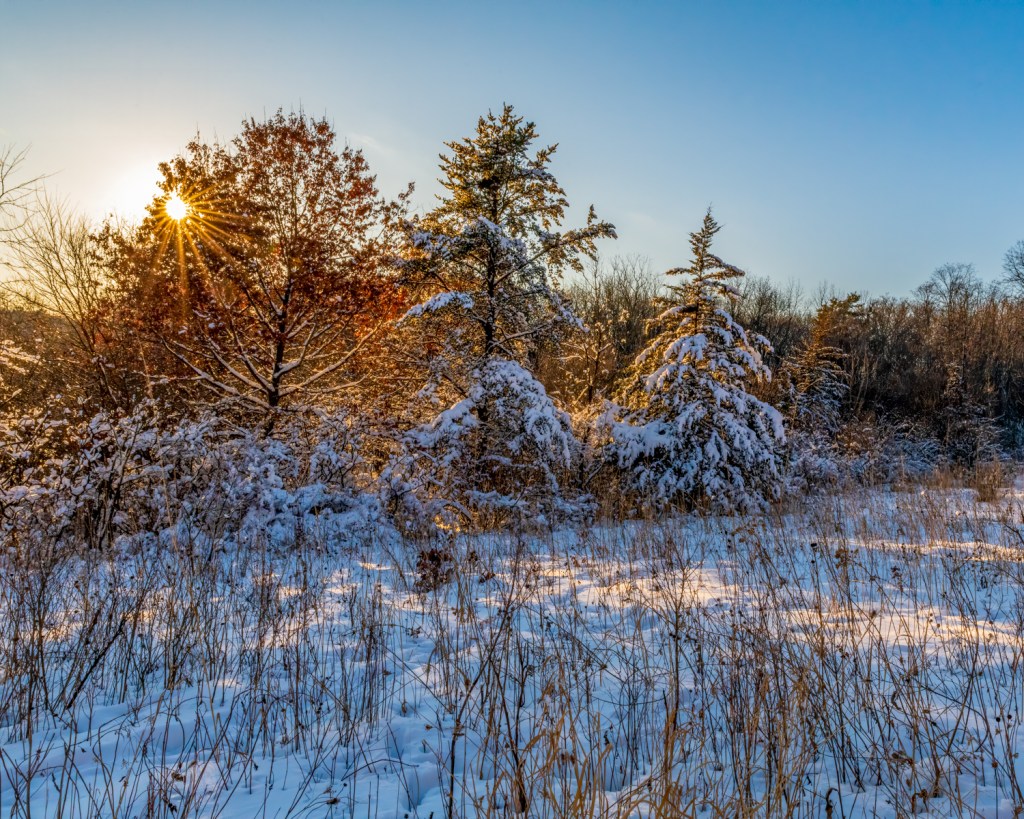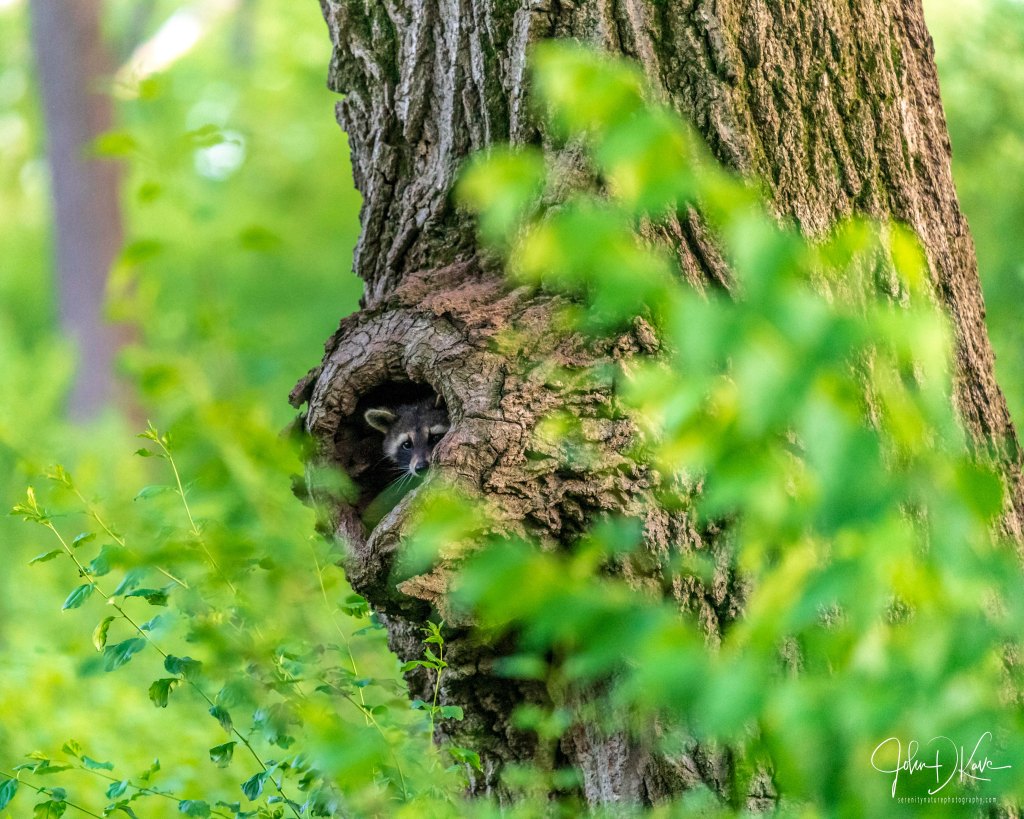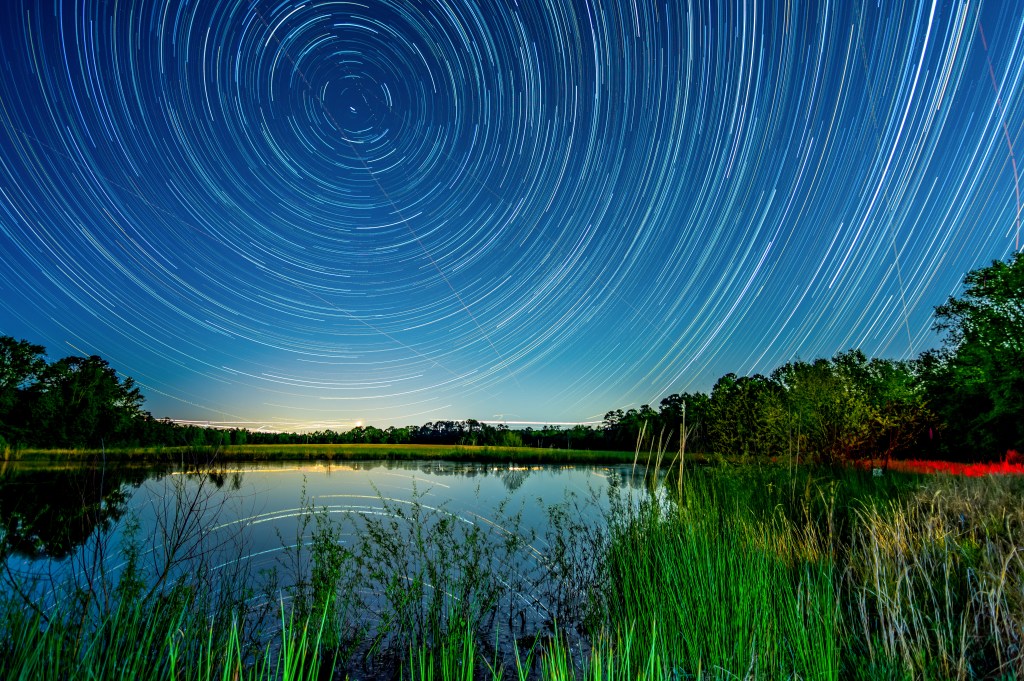This gallery contains 10 photos.
Post by Brett Peto
I keep thinking about angles. Not the kind you measure with a protractor, but those you measure with your mind. The angle of a story, a conversation, or a project. Photography, of course, uses physical angles—where’s the camera pointed? is the sun directly overhead or is it the sweet time of golden hour?—but the best photos make you want to see even more. They make you want to break open the frame and soak in every bit of the Lake County Forest Preserves in northern Illinois.
Since it’s nearly the end of 2019, I thought I’d turn 180 degrees and peruse the photos uploaded to our group Flickr pool since January 1. Suffice to say: we’re spoiled. Spoiled with the beauty of Lake County’s flora, fauna, and natural areas, and the talent of the photographers who capture it for everyone to see. Trees and shrubs in their bright fall wardrobes on either side of a trail draining into a vanishing point. A sandhill crane (Grus canadensis) with both wings up like a paper airplane as it dashes to take off. A whirlpool of stars spun around a rich blue sky over a tranquil wetland.
I’ve gathered these moments plus seven more below, but that’s only a small taste. I encourage you to browse the rest of the visual buffet as we make the turn out of the 2010s into the 2020s. And, hey! You might become inclined to upload that shot living on your phone, camera, or computer.
Continue reading →










